Stem Cell Longevity Treatments in Mexico: A Guide to the Latest Trends, Costs, and Benefits
The field of regenerative medicine is growing rapidly, and Mexico has become a prominent destination for those seeking advanced longevity treatments. Patients from around the world are traveling to Mexico to access innovative therapies, especially for anti-aging and overall wellness. The appeal of Mexico is a combination of affordability, a favorable regulatory environment, and the availability of clinics that are at the forefront of this technology. These clinics are not just offering simple stem cell injections; they are developing sophisticated, multi-faceted protocols designed to address the root causes of aging at a cellular level. This blog post will explore the latest trends in stem cell longevity treatments in Mexico, providing detailed answers to the most common questions people have about this exciting area of medicine. We'll delve into the specific types of cells used, the cost-effectiveness of treatments, what to look for in a reputable clinic, and the scientific principles behind these therapies, giving you a clear understanding of what to expect.
What are mesenchymal stem cells (MSCs) and why are they used for longevity?
Mesenchymal stem cells, or MSCs, are a type of adult stem cell found in various tissues, including bone marrow, adipose (fat) tissue, and umbilical cord tissue. They are considered "multipotent," meaning they have the ability to develop into several different kinds of cells, such as bone, cartilage, and fat cells. However, their primary benefit for longevity and anti-aging goes beyond simple differentiation.
The true power of MSCs lies in their ability to act as powerful signaling cells. They release a variety of growth factors, cytokines, and other molecules that have a systemic effect on the body. This is what makes them so effective for longevity treatments. They don't just repair one specific area; they work on a broader scale to reduce chronic inflammation, modulate the immune system, and promote the regeneration of tissues. This comprehensive, systemic approach helps to slow down the cellular decline that is a hallmark of the aging process, leading to improvements in energy, mental clarity, skin health, and overall vitality.
What are the latest types of stem cells and treatments being offered in Mexico?
While MSCs remain the cornerstone of many longevity protocols, clinics in Mexico are moving beyond using just one type of cell or treatment. A major trend is the use of high-potency allogeneic (donor) stem cells derived from umbilical cord tissue. These are often preferred for longevity treatments because they are younger, more robust, and readily available from carefully screened donors.
In addition to these cells, clinics are creating comprehensive "regenerative boost" protocols. These often include:
- Exosomes: These are tiny vesicles secreted by stem cells that contain beneficial proteins and genetic material. They are essentially the "messengers" of stem cells and can be administered on their own to stimulate tissue repair and rejuvenation.
- Platelet-Rich Plasma (PRP): Derived from the patient's own blood, PRP contains a high concentration of growth factors that can be used to amplify the regenerative effects of stem cells, particularly for joint health and skin rejuvenation.
- Peptides and Nutrients: Many clinics are incorporating targeted peptides and nutrient infusions to support cellular function and optimize the environment for the stem cells to work effectively.
This multi-pronged strategy is designed to address aging on various fronts, from reducing inflammation to improving mitochondrial function and stimulating tissue repair.
What is the typical cost of stem cell longevity treatments in Mexico?
One of the main reasons Mexico has become a leading destination for regenerative medicine is the significant cost savings. The same treatments that might cost upwards of $20,000 or more in the United States are often available for a fraction of the price in Mexico. This affordability is due to lower operational costs, and the clinics are often structured to cater to international medical tourism.
The final price depends on several factors:
- Type and Number of Cells: The quantity and quality of stem cells administered will affect the cost. Higher-dose protocols or those using premium, high-viability cells will be more expensive.
- Treatment Protocol: A simple intravenous infusion will be less costly than a comprehensive package that includes additional therapies like exosomes, PRP, or personalized nutrient infusions.
- Clinic and Location: Prices can vary between clinics and cities. For example, a clinic in a major medical hub like Guadalajara or Tijuana might have different pricing than one in a smaller city.
Patients should be transparent about pricing and ensure their chosen clinic provides a clear breakdown of all costs, including consultation, lab work, treatment, and any aftercare.
How are stem cell longevity treatments regulated in Mexico?
The regulatory environment in Mexico is a key factor in the growth of its stem cell industry. While it is often described as "less restrictive" than the United States, it does not mean there are no rules. The main health authority, COFEPRIS, is the equivalent of the FDA in the U.S. and is in the process of defining a more specific regulatory framework for cellular therapies.
Many leading clinics have chosen to proactively operate under a high level of self-governance. They follow international standards such as Good Manufacturing Practice (GMP) in their labs, use cells from certified, carefully screened donors, and employ internationally trained, board-certified physicians. Patients should always ask about a clinic's certifications, accreditations, and the specific sourcing of their stem cells to ensure they are choosing a safe and ethical provider.
What are the benefits of stem cell longevity treatments?
The goal of stem cell longevity therapy is not just to extend life, but to improve the "healthspan"—the period of life where one is free from serious illness and chronic disease. By addressing the root causes of aging at the cellular level, these treatments can offer a wide range of benefits.
Patients often report a noticeable increase in vitality, deeper sleep, and a reduction in the feeling of chronic fatigue. On a more physical level, the anti-inflammatory effects can help with joint stiffness and pain, while the regenerative properties can improve skin elasticity and appearance. Furthermore, there is growing evidence to suggest that stem cells may have neuroprotective effects, leading to improvements in memory and focus.
What are the potential risks and side effects of stem cell therapy?
As with any medical procedure, there are potential risks and side effects, though they are minimal with modern regenerative medicine practices. The most common side effects are often mild and short-lived, including:
- Transient fever or flu-like symptoms.
- Fatigue or headache.
- Redness, swelling, or minor pain at the injection site.
More serious risks, such as immune rejection or infection, are extremely rare, particularly when clinics use high-quality, screened allogeneic cells or the patient's own (autologous) cells. The risk of tumor formation is a common concern but is primarily associated with embryonic stem cells, which are not used in these types of treatments. A key part of mitigating risk is selecting a clinic with a strong track record of safety, ethical practices, and transparent protocols. Interested in exploring regenerative medicine and stem cell therapies for longevity? PlacidWay can connect you with leading, accredited clinics in Mexico and other top destinations worldwide, helping you navigate your options and find the right solution for your health and wellness goals.

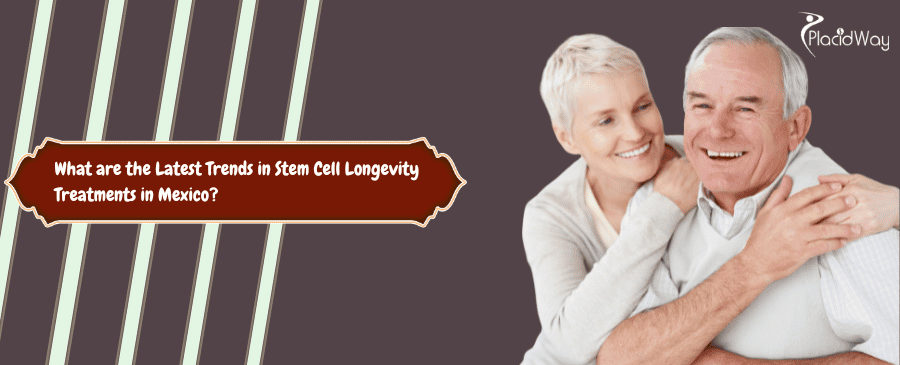

.png)

.png)




.png)

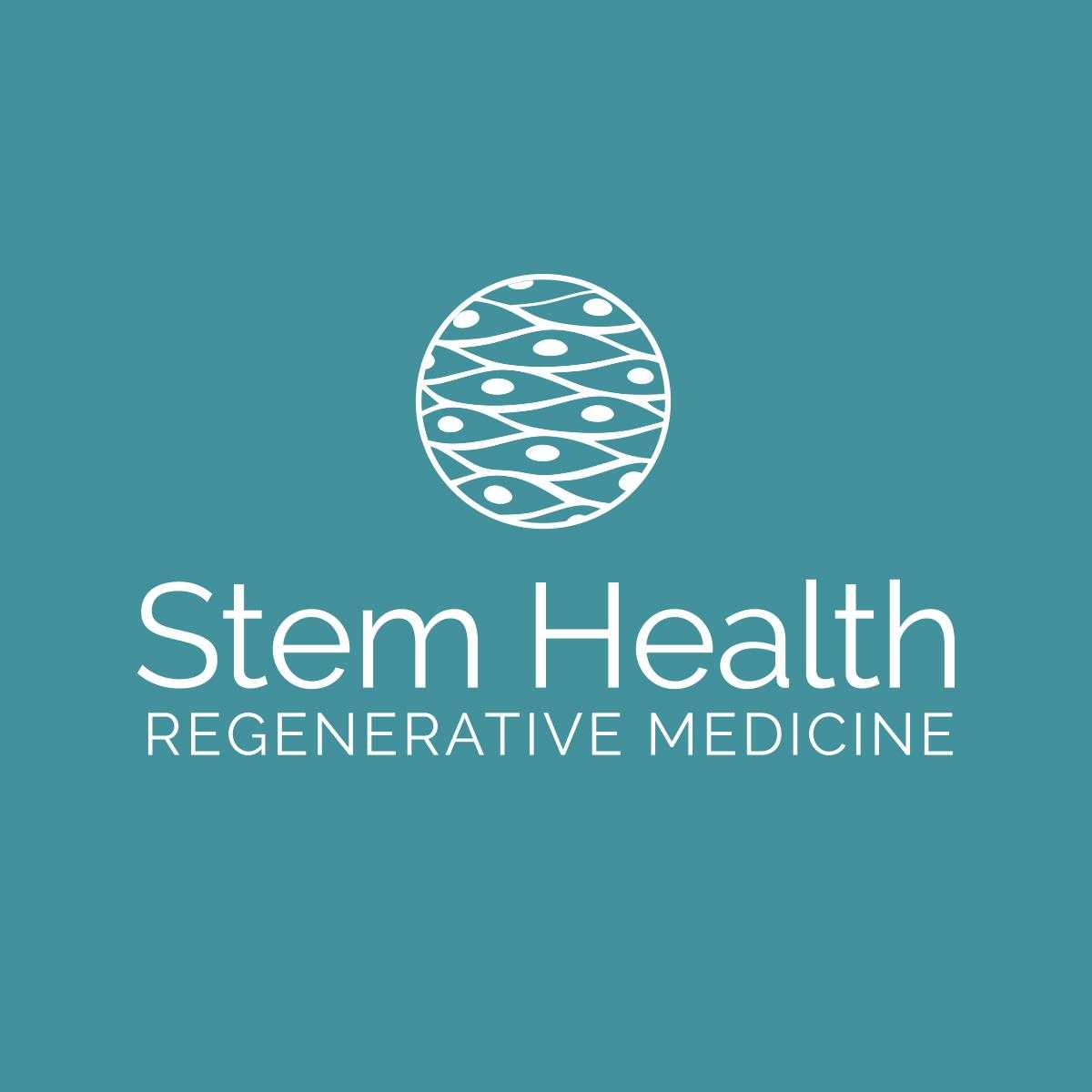
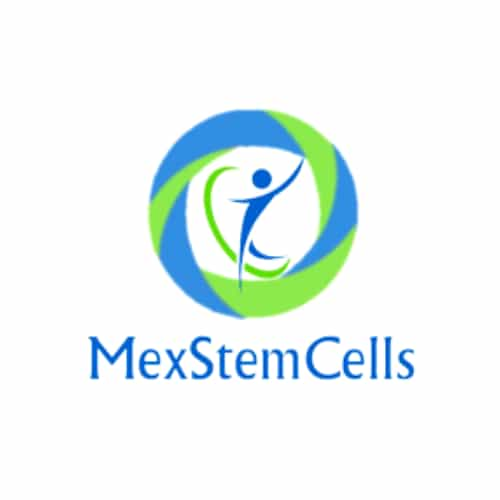
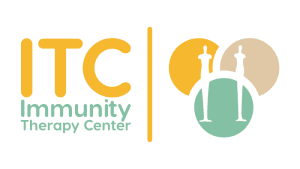
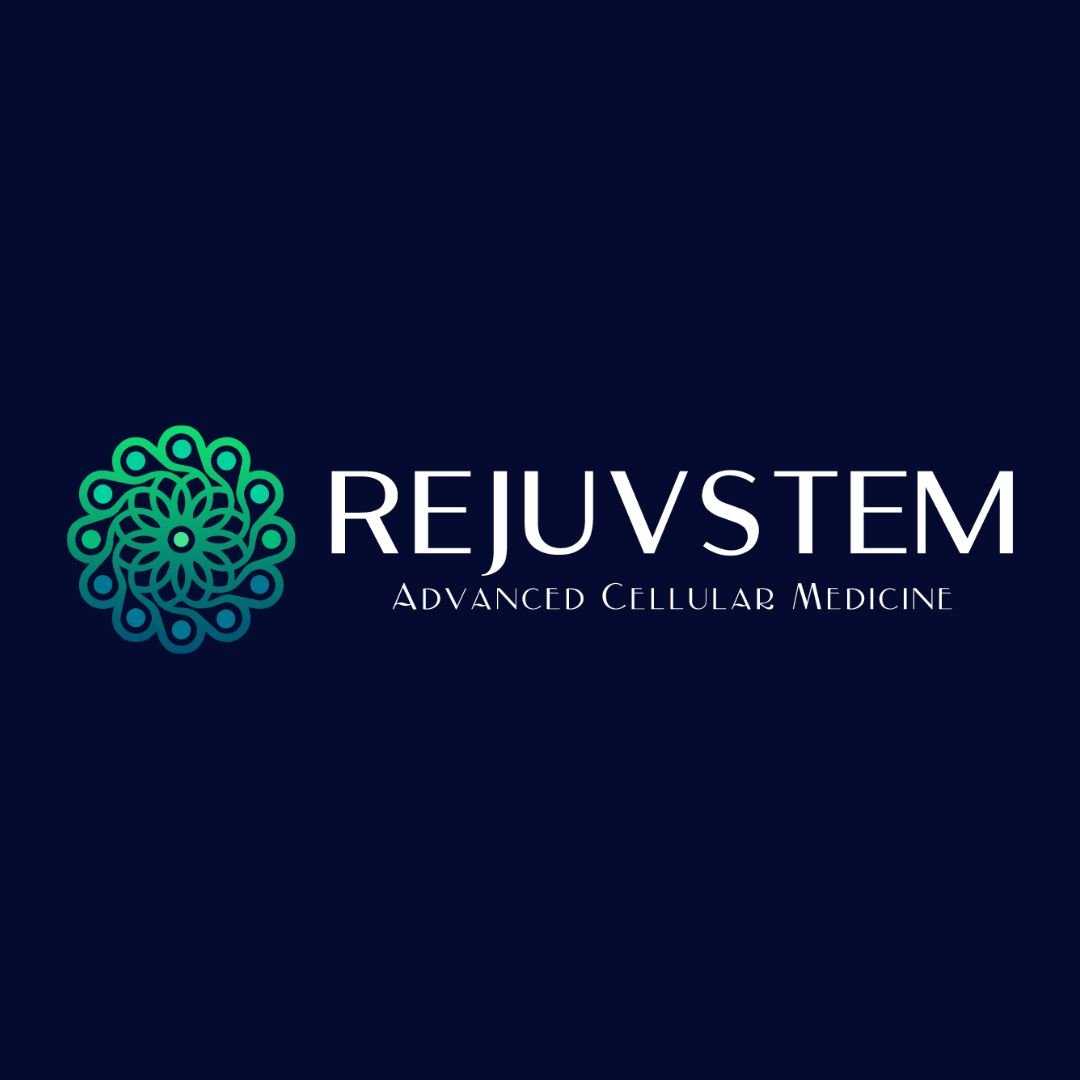
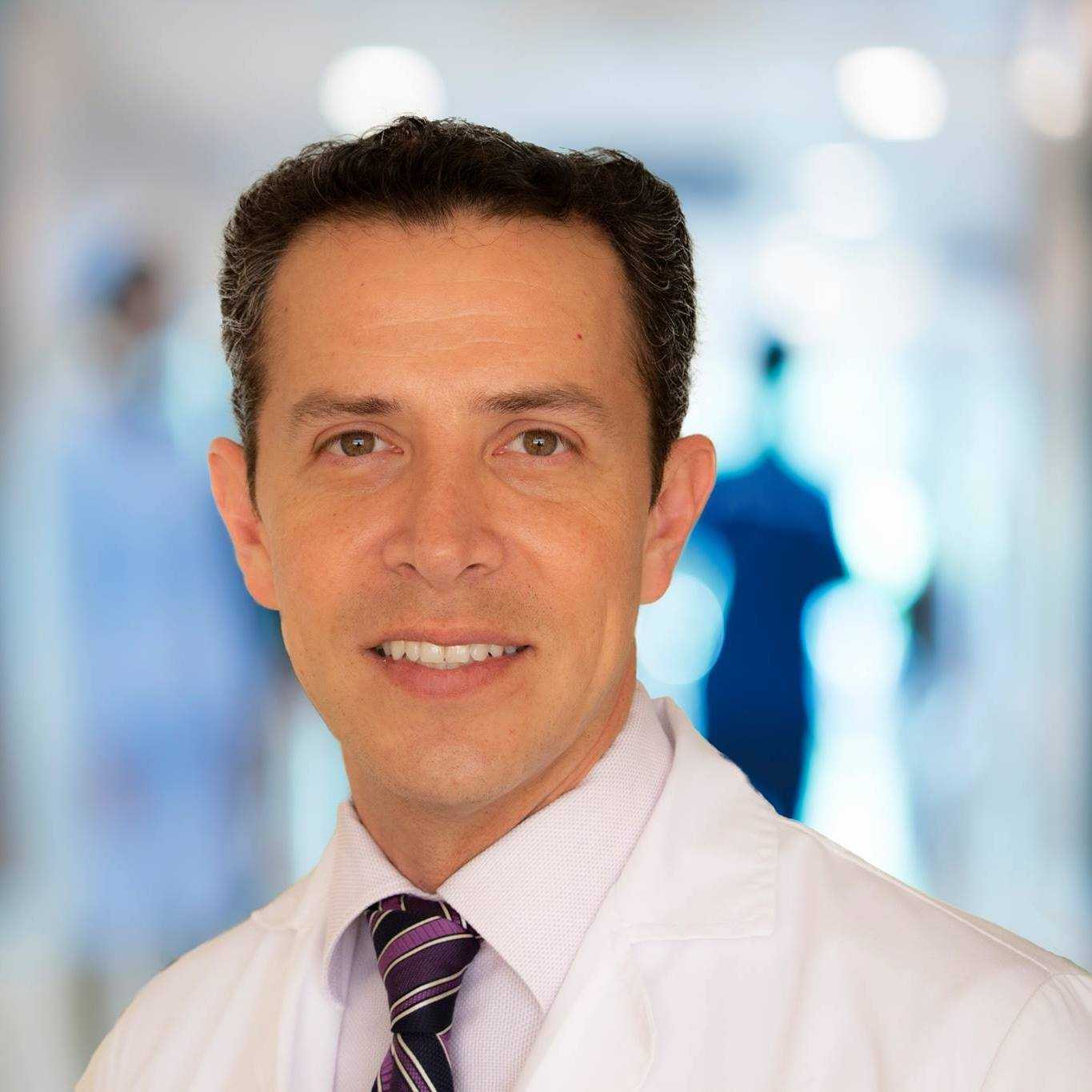

Share this listing